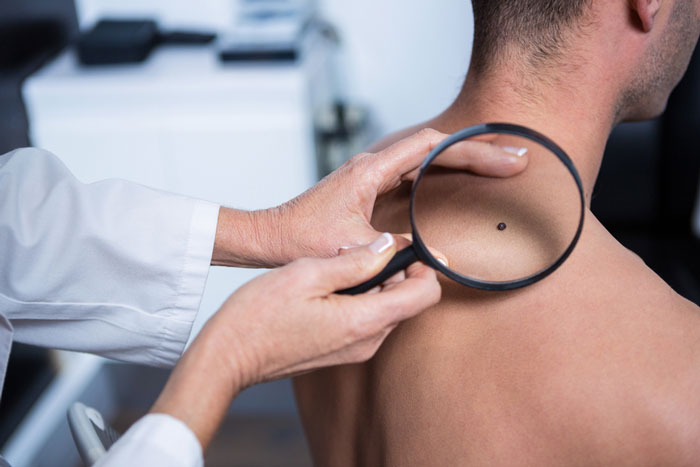Topical treatment strategy for fighting skin cancer identified
Posted: 10 October 2017 | Dr Zara Kassam (European Pharmaceutical Review) | No comments yet
Researchers have combined low-intensity electric current with a formulation containing nano-encapsulated chemotherapy to treat skin cancer…


Researchers in Brazil, are testing a technique in mice that combines low-intensity electric current with a formulation containing nano-encapsulated chemotherapy to treat skin cancer.
The researchers applied a low-intensity unidirectional current to ensure that chemical substances penetrate the skin, and are pushed into the bloodstream through the electric field using a technique known as iontophoresis.
According to preliminary results of the study, cancer-induced mice which received the formulation combined with iontophoresis presented a significantly greater reduction in the size of a tumour than those that received it through injection.
“One of the challenges involved in this type of topical treatment is ensuring that the drug penetrates the stratum corneum. It is an important tissue barrier against the entry of microorganisms, but it also makes it more difficult for medicines to penetrate,” explained Renata Fonseca Vianna Lopez, who supervises the Thematic Project supported by the São Paulo Research Foundation – FAPESP and is also a at the School of Pharmaceutical Sciences of Ribeirão Preto (FCFRP-USP).
In the case of skin cancer, however, the intent is not that the drug penetrates the tissue to get into the bloodstream, but rather that it becomes concentrated in the area below the stratum corneum that requires treatment.
This is the reason why, in the study led by Dr Lopez, she chose to place the chemotherapeutic agent inside nanoparticles.
In vivo tests
Using mice, the researchers induced the formation of a tumour associated with one of the most common types of skin cancer – squamous cell carcinoma – through a subcutaneous injection of human tumour cells that overexpress the epidermal growth factor receptor (EGFR). Dr Lopez explained that the presence of this protein causes the tumour to become more aggressive.
This method combined with iontophoresis allows the drug to be dispersed over the entire area of the tumour
The treatment was conducted using a formulation containing chemotherapy agent 5-fluorouracil encapsulated in a nanoparticle that functions as an anti-EGFR antibody. The malignant cells are able to capture a larger quantity of the drug encapsulated in these liposomes.
One group of rodents received the tumour formulation through subcutaneous injections and another group received it through topical application combined with iontophoresis. Dr Lopez compared both methods and thus assessed:
“In addition to reducing the size of the tumour, the topical treatment left the tumour less aggressive. We believe that this method combined with iontophoresis allows the drug to be dispersed over the entire area of the tumour, whereas the subcutaneous application causes it to be concentrated in a single location,” Dr Lopez noted.
Versatile technique
In another study, Dr Lopez’ group used a stiffer type of polymeric nanoparticle, one containing the anti-inflammatory dexamethasone associated with iontophoresis for the treatment of uveitis – an inflammation of the eye tissue.
“When we apply the medicine directly to the eye, it is quickly eliminated through the defence mechanisms, such as tears. Increased penetration and better results are obtained by using the application method combined with iontophoresis,” Lopez said.
Currently, the group plans to test a method that uses iontophoresis in the treatment of chronic wounds such as those that develop in patients with diabetes.
“In this case, we are not dealing with the stratum corneum barrier. We use iontophoresis to assess its influence on the release of the substance of interest in a formulation, and to investigate its effect on the growth of microorganisms,” Dr Lopez explained.
The strategy consists of placing a peptide having anti-inflammatory properties on a film made of fibres extracted from the cocoon of a silkworm. The film is placed on the wound as a dressing, to which an electric current is then applied.
“When we placed the peptide directly on the wound, it degraded very quickly. When placed on the film, however, release occurs in a slower and more sustained way. Iontophoresis allows a larger amount of the peptide to be released from the film at the start of treatment to accelerate healing,” the researcher explained.
Dr Lopez went on to say that preliminary results suggest that iontophoresis also stops the proliferation of some types of microorganisms (particularly gram-positive bacteria) that could aggravate wounds.








